393 Views
How a proper care and maintenance of windows increase its longevity?

by
Window Replacement Orange County
(IC: professional)
It’s always been suggested that a routine cleaning, propercare and maintenance not only enhance the look to your house windows but alsoincrease its longevity. What are the associated tips and guidelines for propermaintenance?
No More: http://www.advancewindowsanddoors.com/
No More: http://www.advancewindowsanddoors.com/
Enjoyed the project?
Published August 1st, 2013 3:58 AM
Comments
Join the conversation
2 comments
-
The biggest killer of windows and for that matter any part of a home is moisture. Whether it is elevated humidity or in the liquid form. Moisture can deteriorate wood, rust metal and attract insects which by themselves can destroy a home in a short while. With windows, water must be kept out. Check the caulking around each frame. And do not check it by just looking at it. You need to poke and prod a bit. Water can enter through capillary action. In fact the smaller the hole can result in the largest amount of moisture being pulled in. If you see cracks or openings when probing, which is adhesion failure you need to remove the caulk and sealant and start again. Simply caulking over will only fail sooner and give you a larger issue when its time to do it right again. Also not sealing everything. Windows that are in brick as an example need to be caulked, but the metal lentil, (the metal part that runs from one side to the other across the window) needs to be left alone. You can paint it if you like, but there should be small openings between the brick where it rests on the metal. Oftentimes when people caulk their windows in an effort to seal from water leaks, they see these holes and plug them as well. These weep holes are designed to allow water out, and by sealing them you often result in rusting and lifting of the bricks as the metal swells from the trapped moisture as it rusts. In the photo above it appears that the windows were installed in a stucco or EIFS structure. These alone have very specific requirements when caulking and sealing. The surface or lamina is designed with special materials that resist soils from sticking on the surface. This would also would be any sealant or caulk that would be used. If you follow the manufactures direction on this you will find all caulking or sealing needs to be done on the first coat or base coat which is simply a type II Portland cement with some additives to increase the flexibility of the product. If re-caulking this material a hand grinder is needed to remove any caulk and surface material that is blocking the ability of the caulk to reach the base coat. Is it done? Hardly ever, but its the correct method of doing this. Also the method of applying this sealant is critical. Backer rods are required, and the tooling resulting in a hour glass shape is also required. That hour glass shape caused by the half round exposed surface of the backer rod and the opposite half round surface caused by the tooling creates a very thin center on the caulk. The thicker edges are adhering to the surfaces while the thin center allows for flex and movement. A thick caulking job will fail quickly as it tears off of the surfaces it was intended to protect. Lastly if a house has storm windows, there is a indent in each storm window at the bottom, this indent is to allow water out of each sill should water blow past the storm or screen during a storm. In most cases these weep holes are blocked by dirt, dust, and paint or caulk, A small 1/8 inch drill will do the trick here. Simply drill at a slight angle to provide a place in which the water can go back to the outside. Keeping the sills painted well will prevent rot in the corners.
 Woodbridge Environmental Tiptophouse.com
on Aug 01, 2013
Woodbridge Environmental Tiptophouse.com
on Aug 01, 2013
-
-
Thanks for showing interest and taking time to response. You have given a very descriptive approach for the maintenance. Every point has been taken proper care off.
 Window Replacement Orange County
on Aug 20, 2013
Window Replacement Orange County
on Aug 20, 2013
-





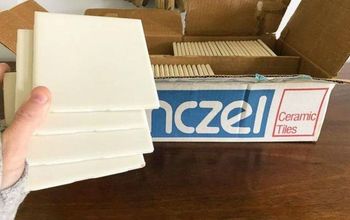


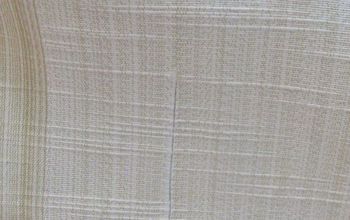





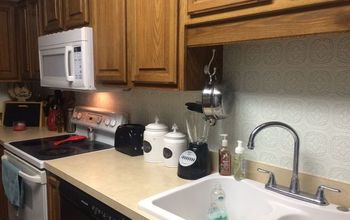
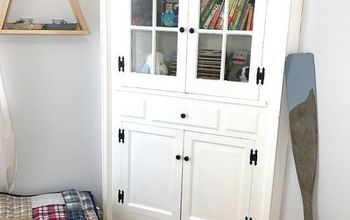
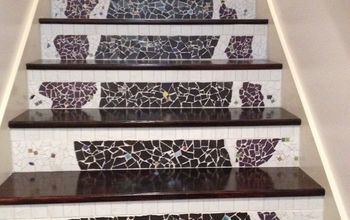





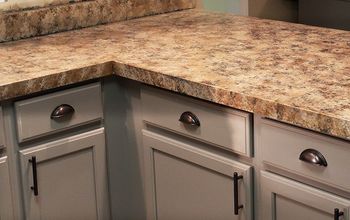
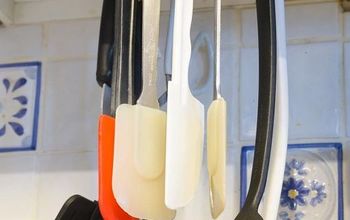
Frequently asked questions
Have a question about this project?